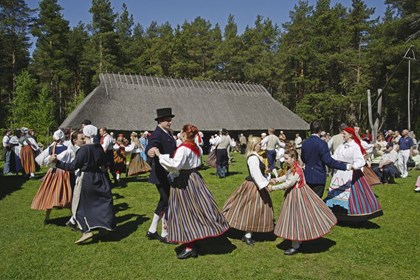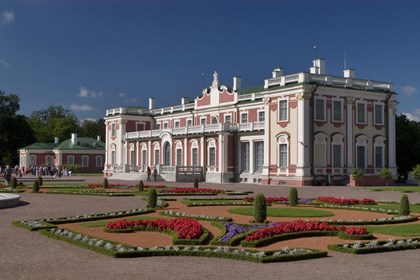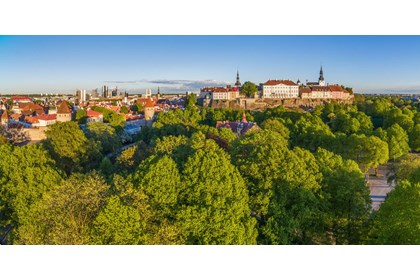a few words about Estonia
Estonia, officially the Republic of Estonia, is a country in the Baltic region of Northern Europe. It is bordered to the north by the Gulf of Finland, to the west by the Baltic Sea, to the south by Latvia (343 km), and to the east by Lake Peipus and Russia (338.6 km). Across the Baltic Sea lies Sweden in the west and Finland in the north. The territory of Estonia consists of a mainland and 2,222 islands and islets in the Baltic Sea, covering 45,339 km2 of land, and is influenced by a humid continental climate.
The average temperature in the summer lies around 21⁰ C, usually with July as the hottest month of the year. In winter, the average temperature drops to -8⁰ C. Although these are the general averages, occasionally the temperature may rise above 30⁰ C in the summer, and fall below -23⁰ C. In the summer, the longest period of daylight per day is over 19 hours, while the shortest winter day is only around 6 hours.
Much of Estonia is covered in bogs and/or forested swamp areas – in fact, in the world index it is only topped by Finland.
The modern day Estonia is a democratic parliamentary republic. Previously under Danish, Swedish, and Russian/Soviet rule, Estonia regained independence on the 20th of August, 1991.
The population of Estonia is approx. 1.3 million, making it one of the least populated countries of the European Union. The currency used in Estonia is the Euro (€). The capital city of Estonia is Tallinn, which has a population of around 445.000 people, making it the largest city in the country.
Photo Credits: Kaupo Kalda & Sven Zacek / Visit Estonia



